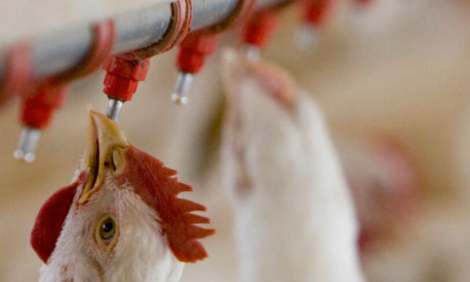



Research Shows Increased Sustainability for American Agriculture
US - Agricultural producers have been engaged in sustainable farming practices for many years as an inherent part of their work.They need the environment to flourish and thrive in order to continue producing the foods we eat and the materials we use. Agricultural research and promotion groups, with oversight from USDA’s Agricultural Marketing Service (AMS), create new markets and invest in research. The research they conduct helps improve production, discover new uses, and plays an important part in helping their industry identify and adopt sustainable practices.
Cotton: Pioneers of Progress
Cotton Incorporated, a research and marketing company used by the Cotton Board, recently produced a chronicle of its historic and ongoing commitment to sustainability. Called Pioneers of Progress, the booklet illustrates how the cotton industry has used research to identify more sustainable production practices and significant environmental gains over the last forty years.
And that commitment continues. From the module builder and boll weevil eradication program, to chronicling advances made in water, energy and chemical usage, and the creation of the first ever Life Cycle Assessment (LCA) of cotton garments, industry decisions and practices continue to be shaped by a desire to improve efficiency and reduce environmental impact.
 America’s Egg Farmers: Lifecycle Analysis
America’s Egg Farmers: Lifecycle Analysis
Researchers conducted a lifecycle analysis of US egg production from 1960 to 2010 to evaluate environmental performance measures. The study, funded by the American Egg Board, the US Poultry and Egg Association, the United Egg Association-Allied and the Egg Industry Center, looked at the complete lifecycle from crops to hens to the farm gate.
The findings indicate that over time, significant environmental efficiencies have resulted from a wide range of factors, including the reduction of natural resource use, improved hen feed, better disease control and advancements in hen housing systems.
Key results from the study found that compared to 1960:
- The egg production process releases significantly less polluting emissions, including 71 per cent lower greenhouse gas emissions.
- Hens now use 32 per cent less water per dozen eggs produced.
- Today’s hens use a little over half the amount of feed to produce a dozen eggs.
At the same time, today’s hens produce 27 per cent more eggs per day and are living longer lives.
With the growing US population and egg demand on the rise, egg farmers play an important role in providing an abundant and affordable source of high-quality protein.
Efforts to further improve feed efficiency, hen housing facilities and manure management will result in even greater reduction of the industry’s environmental footprint.









